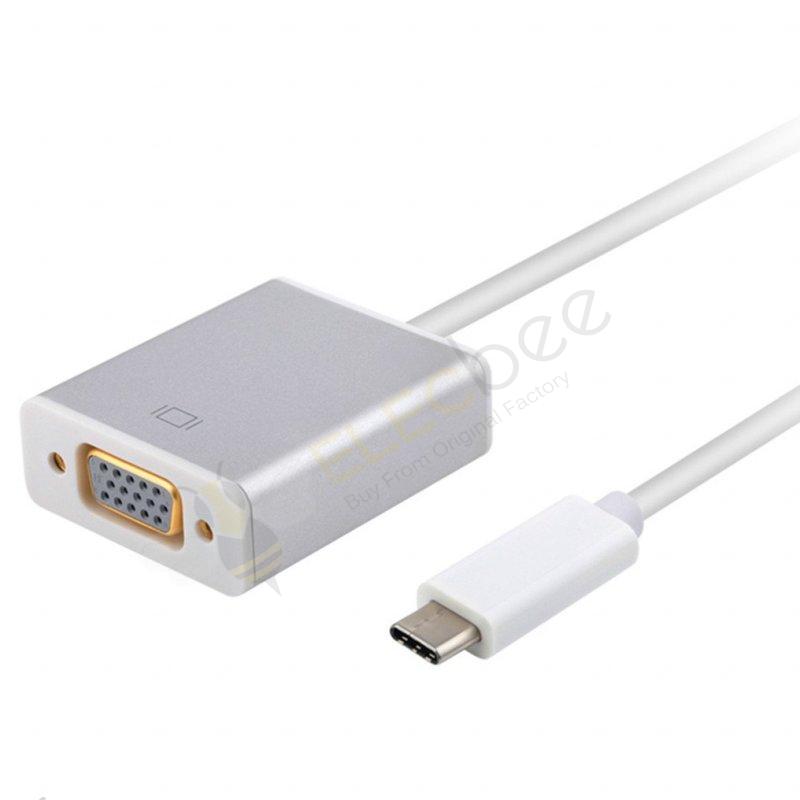Consumers today have quickly become dependent on mobile devices that use the USB-C or USB-Type C communication interface standard, from smartphones and tablets to wearables and laptops, where USB ports can also double as fast charging for these devices port. As a result, electrostatic discharge (ESD) and thermal protection for USB Type-C connectors has never been more important.
Electronic circuits with cables and connectors exposed to the external environment (such as USB ports) are potential targets for ESD, ESD effects can be generated by direct human contact or air, ESD effects can be as high as 30 kV or more, and currents can be as high as 30 A , the rise time is very fast, can melt silicon and wires, and the energy of ESD is so large that it can cause complete failure of the component. In addition, ESD induced currents can cause soft failures, including state changes, latch-up, or unpredictable behavior of logic devices.

1. For USB 2.0 lines, please consider using SP3530 unidirectional TVS diode or equivalent. This TVS diode can safely absorb 22kV ESD strikes, almost 3 times the 8kV level required by IEC 61000-4-2, without attenuation. Typically, a low capacitance of 0.3 pF minimizes interference with signal transitions. The component is housed in a 0201 surface mount package designed to save PC board space.
2. SuperSpeed lines require a component with as low a capacitance as possible so as not to degrade the performance of high-speed data transfers. For example, the SP3213 bidirectional TVS diode, two anode-to-anode connected diodes provide protection against ESD strikes up to 12 kV. These diodes typically have a leakage current of only 20 nA to minimize circuit power dissipation and are packaged in a compact µDFN-2 surface mount package.
3. For sideband use (SBU) and configuration channel (CC) lines, the SP1006 unidirectional TVS diode can be considered. The device can safely absorb 30 kV ESD strikes in a µDFN-2 package. The SP1006 is a very reliable TVS diode, AEC-Q101 qualified, for automotive applications with USB communications.
4. Vbus lines require TVS diodes capable of withstanding higher power levels than signal line protection devices. SPHV series 200 W TVS diodes protect Vbus lines with 100 W capacity. SPHV diodes are ESD rated to 30 kV, AEC-Q101 qualified, and available in surface mount packages. For extended power range interfaces, an example solution is an SMBJ diode. It has a higher 600 W peak power rating than SPHV diodes and can absorb ESD strikes up to 30 kV. Like other TVS diodes recommended for USB ports, SMBJ diodes are surface mount components.
Each of the different TVS diodes has the necessary function to protect a specific set of lines from ESD without interfering with the function of the lines. Incorporating these diodes into a circuit prevents instant failure, soft failure, and potential premature failure.
Elecbee is a professional manufacturer of electronic components, focusing on the R&D and manufacturing of connectors, wires, adapters, and other electronic products.







